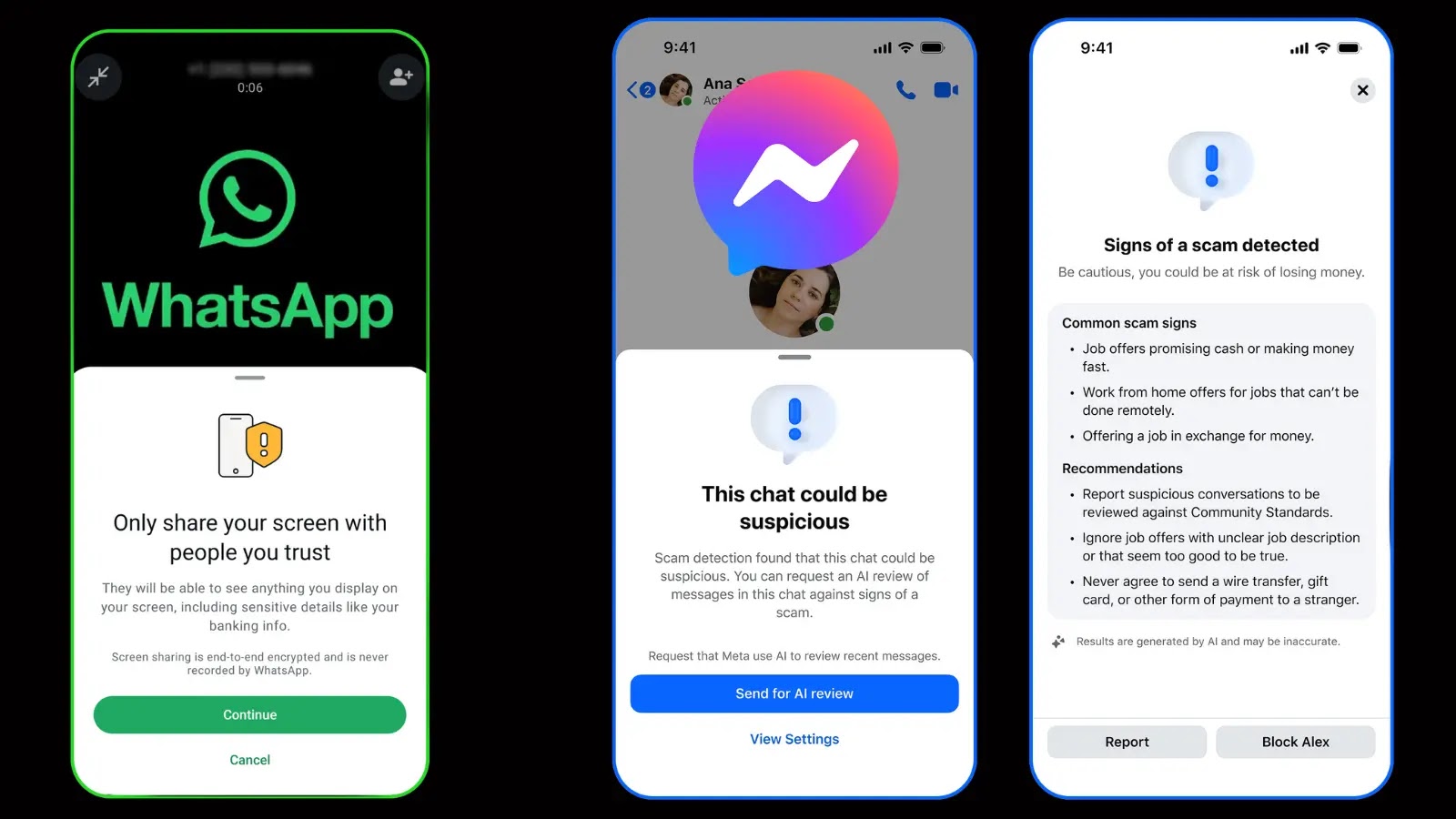A significant security vulnerability was recently identified in Base44, a widely-used AI-powered vibe coding platform. This flaw could have permitted unauthorized individuals to access private enterprise applications and sensitive corporate data. The issue was promptly addressed within 24 hours of its disclosure, underscoring the pressing need for robust security measures in the rapidly evolving AI development landscape.
Understanding the Vulnerability
The vulnerability, uncovered by Wiz Research, was alarmingly simple to exploit. Attackers needed only a non-secret app_id value to gain full access to private applications. By leveraging undocumented API endpoints—specifically /api/apps/{app_id}/auth/register and /api/apps/{app_id}/auth/verify-otp—they could create verified accounts for private applications, effectively bypassing all authentication controls, including Single Sign-On (SSO) protections.
The app_id values, appearing as random strings like 686d0a751a78bb2608517740, were easily discoverable. These identifiers were hardcoded in application manifest paths at manifests/{app_id}/manifest.json, making them immediately visible in URI paths. This oversight rendered the vulnerability trivial to exploit across the platform’s entire user base.
Discovery and Disclosure
The security flaw was identified through a thorough examination of Base44’s external attack surface. Researchers found publicly accessible Swagger-UI interfaces at app.base44.com and docs.base44.com. These interactive API documentation tools inadvertently exposed internal authentication endpoints without proper access controls.
By scrutinizing the “auth” APIs section within the Swagger documentation, researchers noted that registration endpoints lacked authentication requirements for private applications configured with SSO-only access. This architectural oversight allowed complete circumvention of the platform’s privacy settings through basic API manipulation.
Potential Impact on Enterprises
The implications of this vulnerability extended beyond individual applications due to the shared infrastructure model of vibe coding platforms. All customer applications inherit the vendor’s security posture, meaning a single flaw can have widespread consequences.
During the research period, multiple enterprise applications were confirmed vulnerable. These included internal chatbots, knowledge bases, and HR operations systems containing personally identifiable information (PII). Such exposure could lead to significant data breaches, financial losses, and reputational damage for affected organizations.
Fortunately, the company confirmed no evidence of malicious exploitation during the vulnerable period. They have since implemented proper validation measures to prevent unauthorized registration attempts on private applications.
Broader Implications for AI Development Platforms
This incident highlights the critical importance of robust security foundations in AI development platforms, especially as they gain enterprise adoption for essential business functions. The rapid expansion of AI tools necessitates a proactive approach to security to protect sensitive corporate data in shared cloud environments.
The Base44 vulnerability is not an isolated case. Other AI-powered coding platforms have faced similar security challenges. For instance, Amazon’s Q Developer Extension for Visual Studio Code was compromised, allowing attackers to inject data-wiping commands. This incident underscores the need for vigilant security practices in AI development tools. ([techradar.com](https://www.techradar.com/pro/amazon-ai-coding-agent-hacked-to-inject-data-wiping-commands?utm_source=openai))
Recommendations for Developers and Organizations
To mitigate such vulnerabilities, developers and organizations should consider the following measures:
1. Implement Comprehensive Security Reviews: Regularly conduct thorough security assessments of all AI development tools and platforms to identify and address potential vulnerabilities.
2. Enforce Strict Access Controls: Ensure that all API endpoints and authentication mechanisms are secured with robust access controls to prevent unauthorized access.
3. Monitor for Unusual Activity: Deploy monitoring systems to detect and respond to suspicious activities promptly, minimizing potential damage from security breaches.
4. Educate Development Teams: Provide ongoing training for developers on secure coding practices and the importance of security in the development lifecycle.
5. Stay Informed on Emerging Threats: Keep abreast of the latest security research and threat intelligence to proactively address new vulnerabilities as they arise.
Conclusion
The recent vulnerability in Base44 serves as a stark reminder of the security challenges inherent in AI-powered development platforms. As these tools become increasingly integrated into enterprise environments, it is imperative to prioritize security to safeguard sensitive data and maintain trust in AI-driven solutions.



